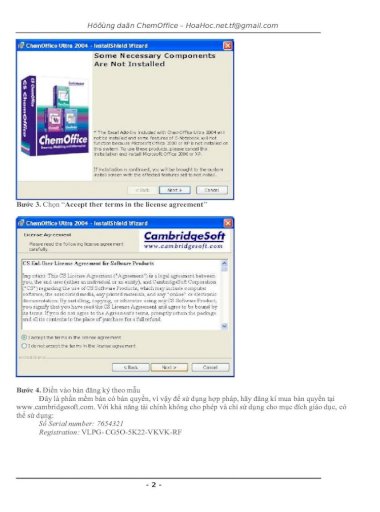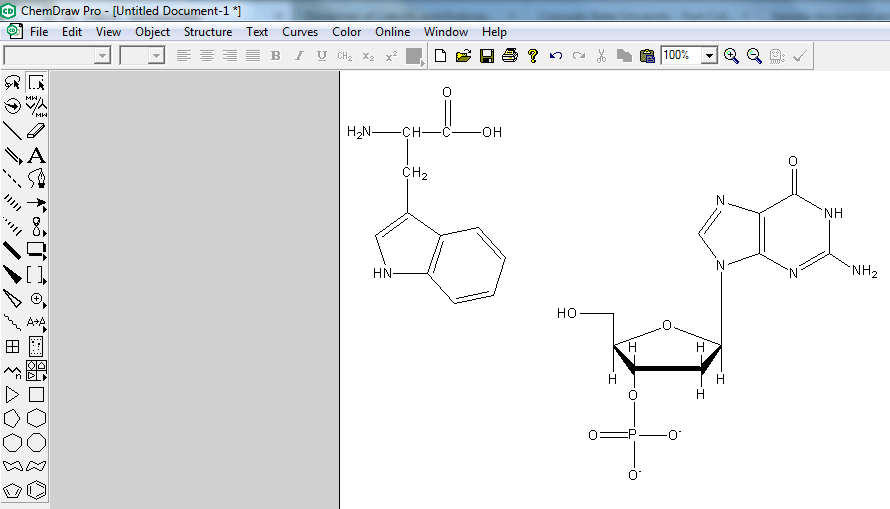

Methods Oxygen production was used as the response endpoint for assessing the toxic effects of chemicals on algal photosynthesis. Their toxicity is greater than estimated by hydrophobicity only, and addition of the frontier orbital energy gap ΔE can significantly improve the prediction of logKow-dependont models.Ībstract: Objective To measure the toxicity of phenol, aniline, and their derivatives to algae and to assess, model and predict the toxicity using quantitative structure-activity relationship (QSAR) method. Conclusion Phenol aniline, and their derivatives axe polar narcotics. This model was stable and satisfactory for predicting toxicity. A two-descriptor model was derived from the algal toxicity and structural parameters:logl/EC50=0.268logKow-1.006ΔE+11.769 (n=20,r2=0.946).

The most toxic compound was α-naphthol, whereas the least toxic one was aniline. Results The compounds exhibited a reasonably wide range of algal toxicity.

The energy of the lowest unoccupied molecular orbital (ELUMO) and the energy of the highest occupied molecular orbital (E) Were obtained from the ChemOffice 2004 program using the quantum chemical method MOPAC, and the frontier orbital energy gap (ΔE) was obtained. This phenomenon reveals that log K of 15C5 complexes have a deviation from linear behavior related to the selected descriptors.Objective To measure the toxicity of phenol, aniline, and their derivatives to algae and to assess, model and predict the toxicity using quantitative structure-activity relationship (QSAR) method. However, the results of ANN were more effective respect to SMLR model. Both proposed models efficiently predict log K of 15C5 complexes. SMLR and ANN models were constructed based on the five selected descriptors. The five most important constitutional, steric, electronic, thermodynamic and molecular descriptors were selected using the common preselection method combined by SMLR method. The optimum structures have been applied to generate more than 50 descriptors using available servers in ChemOffice 2004. MOPAC software embedded in ChemOffice 2004 package was used for the minimizing energy using semi-empirical AM1 method. Stepwise Multiple Linear Regression (SMLR) and Artificial Neural Network (ANN) methods have been exploited as linear and nonlinear methods, respectively to build the QSPR model. A quantitative structure–property relationship (QSPR) study is performed to develop a model, relating to Na + complex stability constant (log K) and the structure of 74 derivatives of 1,4,7,10,13-pentaoxacyclo-pentadecane ethers (15C5).


 0 kommentar(er)
0 kommentar(er)
